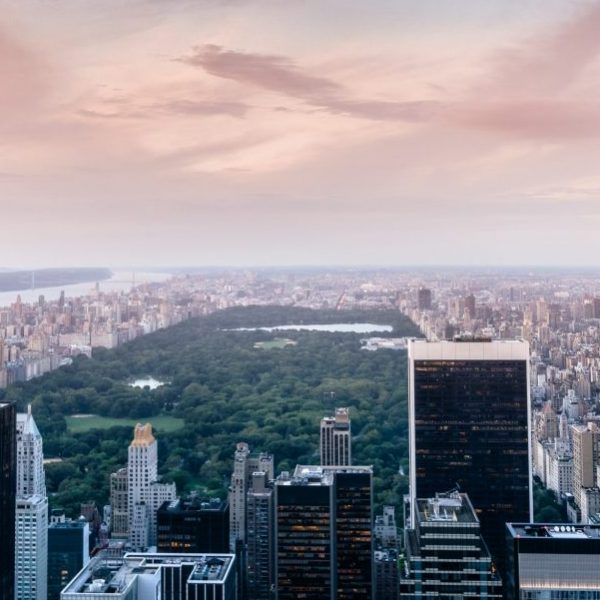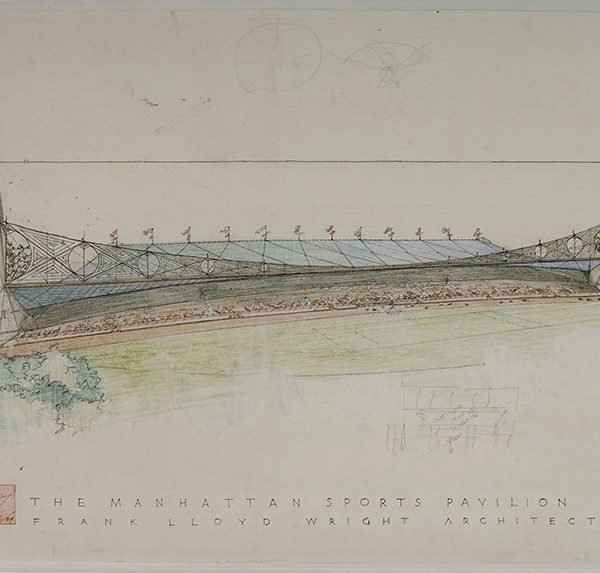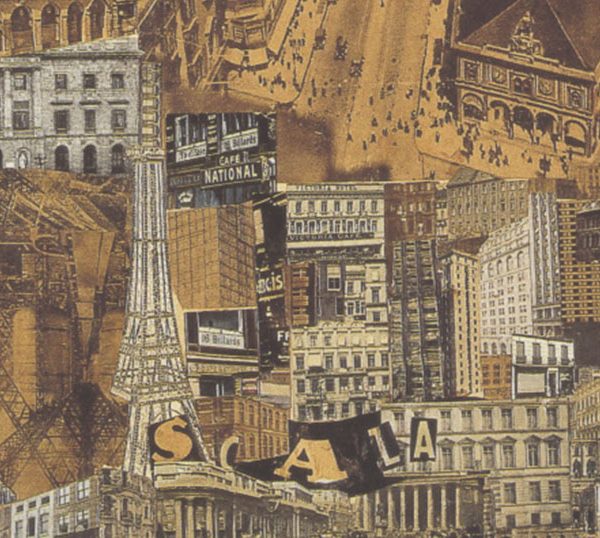Nearest Thing to Heaven
The foursquare view from the top of the Empire State, even more than the sweep of Manhattan that was available from the summit of the twin towers, is one of life’s great vistas. It may not quite be, as the building’s primary booster and moving force, Al Smith, argued, better than air travel. But it must surely be what Ms. Kerr breathlessly calls it (twice): the nearest thing to heaven we have in New York.
* * *
Whereas the Chrysler displays a giddy modernism, the Empire State combines subtle Deco grace notes with an assured, almost classical sense of proportion. Its solid central shaft rises gracefully from cleverly arranged volumes at the base, lifting to an understated cap of layered sections. In a Vanity Fair feature of the day, Lamb was named one of New York’s 10 “Poets of Steel,” an honor denied to both Van Alen and Severance. But even absent such aesthetic rehabilitation, the Empire State would be superior in meaning, the distinctive image of mythic New York: the New York of film and fiction, beckoning and false, corrupted and sometimes corrupting, but irresistible for all that.
* * *
The Empire State holds New York’s eight million souls together in a way the taller World Trade Center never could, and even now, in dark memory, does not. The older building’s unlikely birth in the middle of the 1929 Crash; it’s defiant optimism steered by Al Smith and the financier John J. Raskob, those quintessential self-made men; the astonishing assembly line of steel and stone that made it the fastest megaproject the world had seen; its gathering of workers from all nations and trades — all this combines to make the Empire State the ultimate dream building.
— from “New York’s Lighthouse,” by Mark Kingwell, in this past weekend’s New York Times. Kingwell is the author of Nearest Thing to Heaven: The Empire State Building and American Dreams, now available from Yale University Press.


























